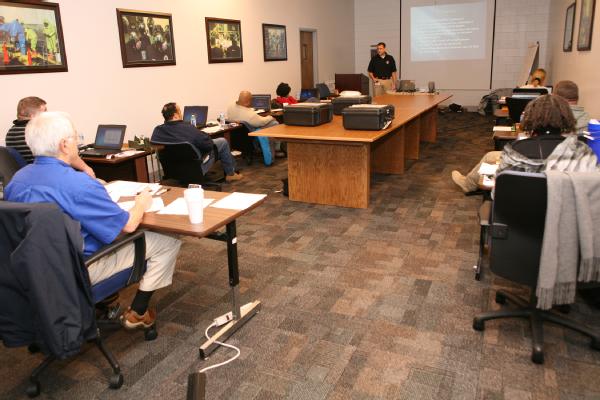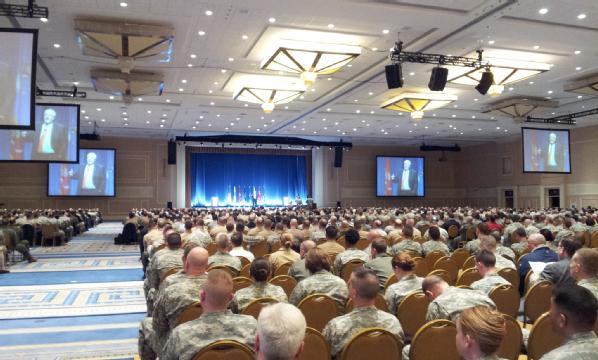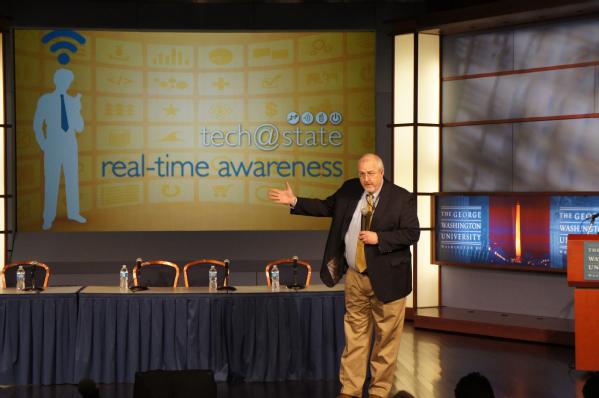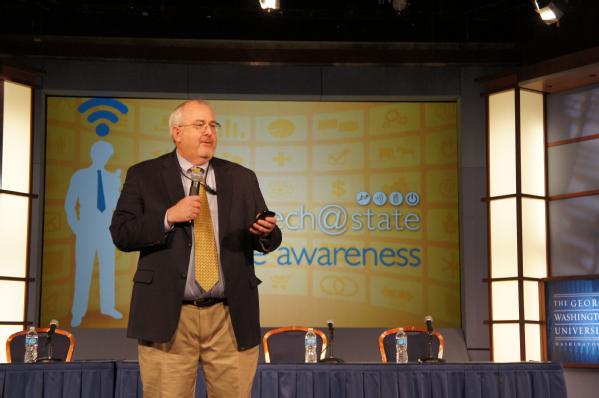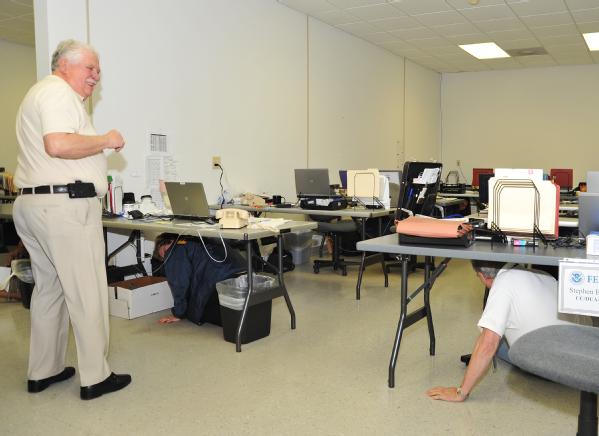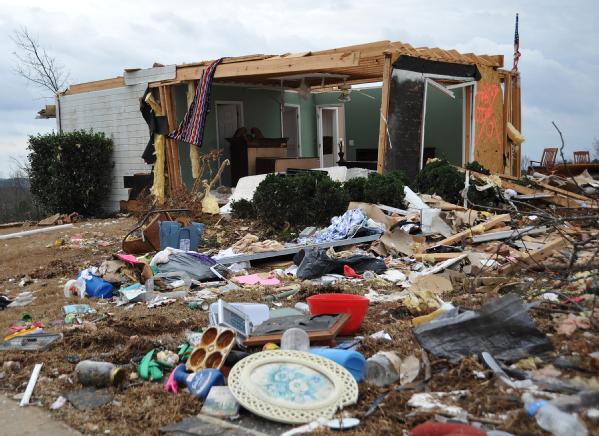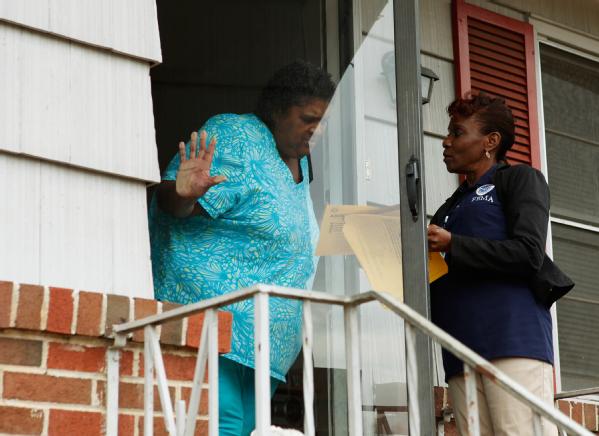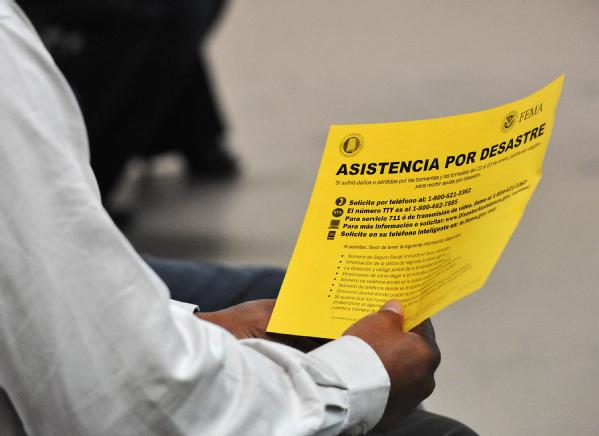Posted by: Alexandra Kirin, Public Affairs
Updated: 1:30 PM, February 29
We continue to closely monitor weather conditions and are in close contact with the National Weather Service following the severe storms that occurred last night and into this morning through parts of the Midwest. Our thoughts and prayers are with those who have lost loved ones and those whose lives have been affected by these storms.
Through our regional offices in Kansas City, Mo., and Chicago, Ill., we have been in close touch with state and local officials and we continue to monitor weather conditions across the Midwest states. State emergency management officials from Kansas, Missouri, Illinois and Indiana have reported damages from tornadoes in some areas. We will continue to work closely with our federal, state and local partners and stand ready to support the states, requested.
Beth Freeman, Region VII Regional Administrator commented on the storms that affected Kansas, Missouri and Nebraska:
On behalf of FEMA, I would like to express our deepest condolences to the families of those who were killed and injured by tornadoes that impacted Kansas, Missouri, and Nebraska late last night and into this morning. Also, I would like to commend the ongoing work of local and state first responders for the measures taken in the aftermath of these storms to protect lives and provide immediate assistance during this difficult time. FEMA has been in constant contact with officials at the Kansas Department of Emergency Management (KDEM), the Missouri State Emergency Management Agency (SEMA), and the Nebraska Emergency Management Agency (NEMA) since the severe weather hit. We encourage residents in impacted areas to listen to instructions from their local leaders on protecting life and property as response efforts continue.Andrew Velasquez III, Region V Regional Administrator also commented on the storms that affected Illinois:
On behalf of FEMA, I would like to express our deepest condolences to the families of those who were killed or injured by tornadoes that impacted Illinois this morning. FEMA has been in been in constant communication with officials at the Illinois Emergency Management Agency (IEMA) since the severe weather hit, and I commend local and state first responders for their diligent and tireless efforts to protect lives and provide immediate assistance in the aftermath of these storms. We encourage residents in impacted areas to listen carefully to instructions from their local leaders and take the recommended protective measures to safeguard life and property while response efforts continue.As Beth and Andrew stated, it is important to recognize the first responders, such as local emergency and public works personnel, volunteers, humanitarian organizations, and numerous private interest groups who provide emergency assistance required to protect the public's health and safety and to meet immediate human needs.
We also want to take the time to remind everyone that no matter where you live, it’s important to listen to NOAA Weather Radio and local news and to monitor for severe weather updates and warnings, and follow instructions of state and local officials.
If severe weather is expected in your area, keep in mind these safety tips:
- Continue to monitor your battery-powered radio or television for emergency information.
- Injury may result from the direct impact of a tornado or it may occur afterward when people walk among debris and enter damaged buildings. Wear sturdy shoes or boots, long sleeves and gloves when handling or walking on or near debris.
- Do not touch downed power lines or objects in contact with downed lines. Report downed power lines and electrical hazards to the police and the utility company.
- After a tornado, be aware of possible structural, electrical or gas-leak hazards in your home. Contact your local city or county building inspectors for information on structural safety codes and standards. They may also offer suggestions on finding a qualified contractor to do work for you.
Here’s a list of resources for state emergency management social media accounts :
Kansas
Missouri
Arkansas
Illinois
American Red Cross

